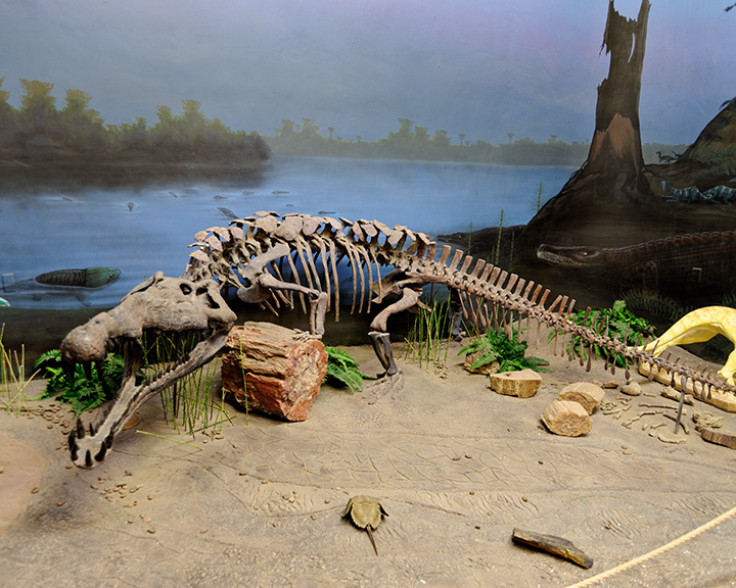Stubby-nosed fossil discovered to be oldest crocodilian-like phytosaur
The fossil is the oldest known member of the semi-aquatic phytosaurs.
A snub-nosed fossil that lived in the Triassic Period has filled a gap in the fossil record among the earliest phytosaurs – a group of early, crocodilian-like reptiles.
The fossil, which has been called Diandongosuchus fuyuanensis, is about 5 million years older than any other phytosaur yet discovered. It lived between 250 million and 200m years ago in present-day China.
The phytosaur had a short, stubby snout and resembled the crocodilians, although it is only very distantly related to them. It would have spent much of its time in water, like modern-day crocodilians. The research is published in the journal Scientific Reports.
Diandongosuchus fuyuanensis was originally excavated in China. But it was originally wrongly classified as a type of poposauroid, which is much more closely related to the crocodilians.
The stubby snout of Diandongosuchus fuyuanensis was a first clue to its true origin. Study author Michelle Stocker of the Global Change Centre of Virginia Tech in the US first saw a picture of the fossil in a paper published in 2012, labelled as a poposauroid.

The short snout would have made this phytosaur not such a deadly predator as the later reptiles that took this form. A longer snout and larger body size allow quicker and more lethal movements. As the fossil Diandongosuchus fuyuanensis was earlier than the other species discovered, this sheds light on how these more effective predatory traits evolved.
"So much of our study of the fossil record is about filling in the gaps in our knowledge of how animals came to look as they do or live where they are, and Diandongosuchus does that for phytosaurs. We're never done filling in those gaps," said Stocker.

Sterling Nesbitt, also of Virginia Tech and a study author, added: "Early members of these Triassic reptile lineages are appearing where they've been predicted for years. Now we have the fossils."
The study authors will be giving a talk on their discovery at the Virginia Tech Museum of Geosciences, Atlanta, on 13 April.
© Copyright IBTimes 2024. All rights reserved.






